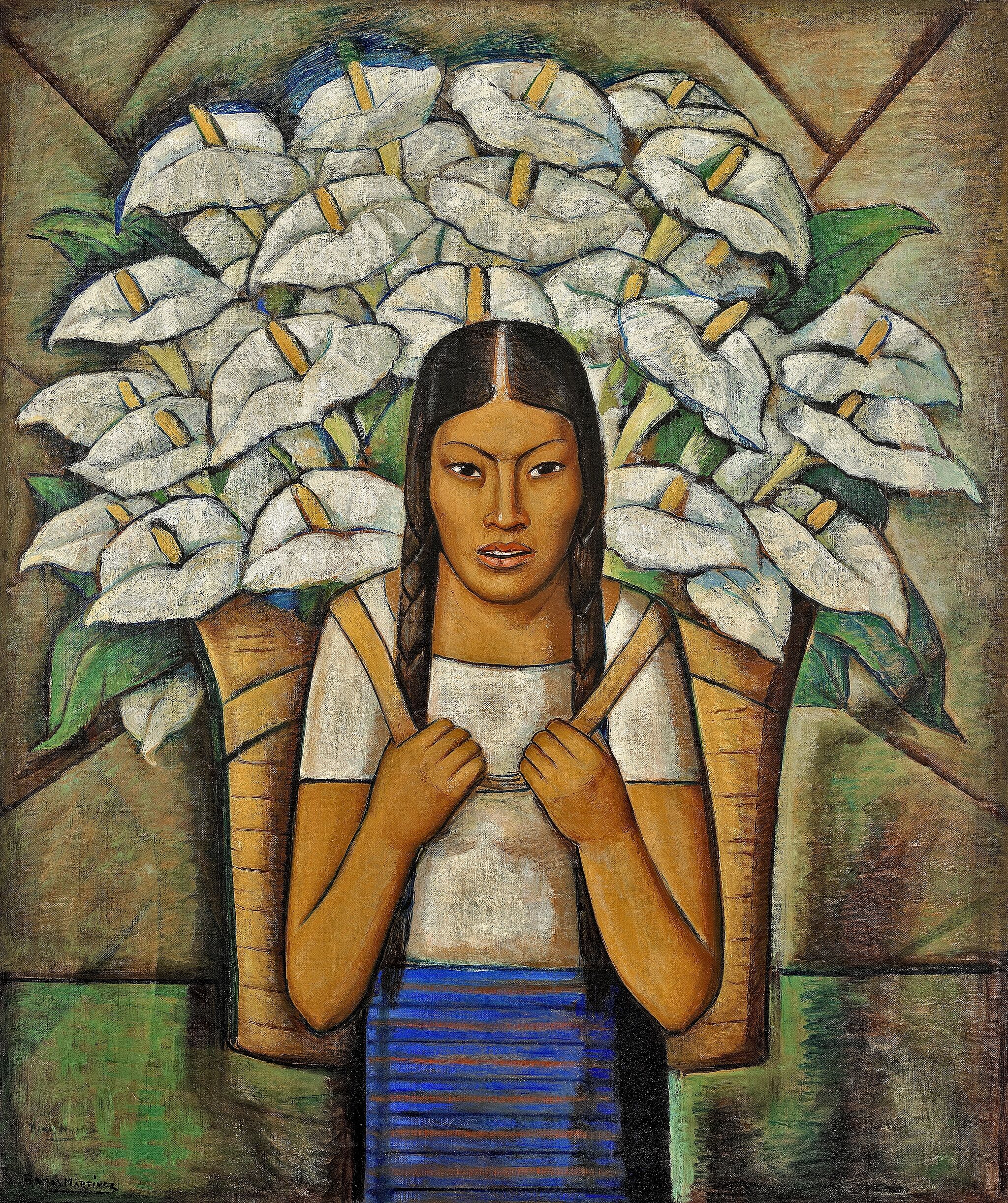David Alfaro Siqueiros, Reproduction of Tropical America, 1932
Jan 22, 2020
0:00
David Alfaro Siqueiros, Reproduction of Tropical America, 1932
0:00
Narrator: On this wall you will find photo documentation of Tropical America, a mural by David Alfaro Siqueiros that was whitewashed soon after he painted it. The original has recently been restored by the Getty Museum, but it is still very faded.
Siqueiros was commissioned to make the mural for a faux-historic Mexican market that was being constructed on Olvera Street in Los Angeles. His patrons conceived the market as a celebration of Los Angeles’s Mexican roots. To their surprise, Siqueiros presented the relationship between California and Mexico as an imperial occupation—symbolized especially by the crucified Indigenous figure at the center.
Judith Baca: The crucified figure is the center of the 80-foot piece.
Narrator: Artist Judith Baca.
Judith Baca: To the left, there’s this beautiful Amazonian-type rainforest and references to pyramids. There’s an American eagle that looks somewhat like a vulture, which I think was intentional in the sense that the American dollar was really considered to be God in this image above the crucifixion.
He didn’t shy from the images that would make you confront the brutality.
I think that Mexican people do not have the same abhorrence of things that are difficult. You paint a skull on the side of a wall. You’re gonna get all these people saying, “That’s so terrible. That’s so negative.” Well, no, it’s not. We have this relationship to death. You’re talking about millions of people that were murdered during the occupation of the Spanish in the conquest. Millions. There’s a description of a site where the Spanish soldiers killed so many Indigenous people that they used the bodies in the river to become a bridge for their horses. So, this is part of the legacy of the conquest of Mexico.

